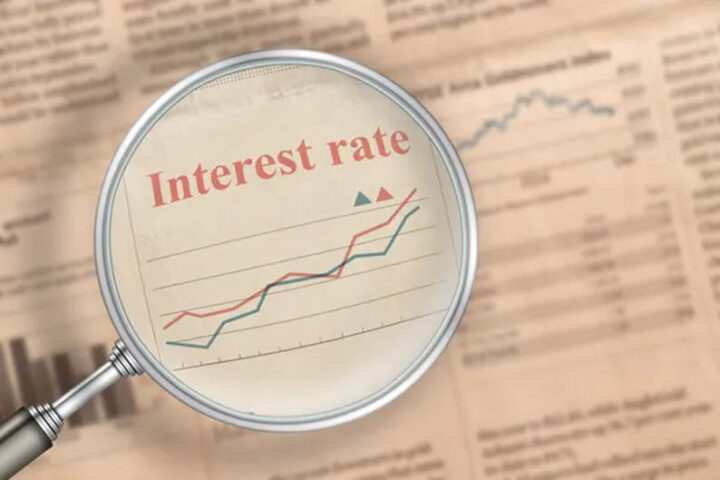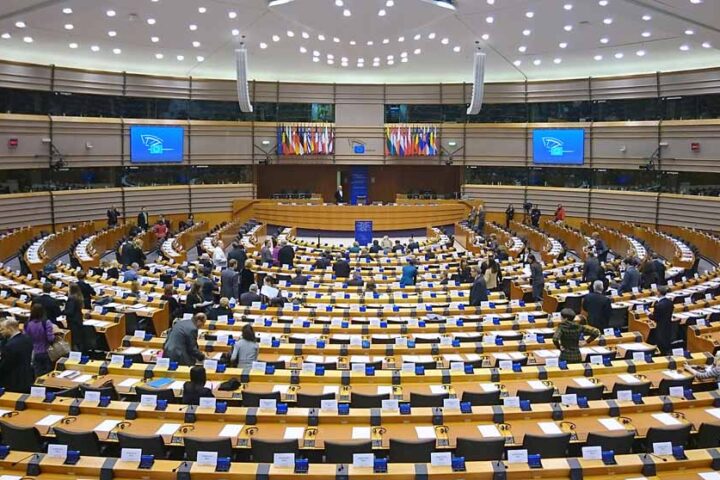Capital Intelligence Ratings affirmed late Friday the Republic of Cyprus long-term foreign currency rating (LT FCR) and short-term foreign currency rating (ST FCR) at ‘BB+’ and ‘B’, respectively, revising the outlook for the ratings from ‘stable’ to ‘positive’ on strong recovery.
CI Ratings said the revision of the outlook “reflects strong prospects of recovery from the adverse impact of Covid-19 with real GDP returning to solid growth, tourism recovering faster than expected, and the public finances set to improve.”
It said that “the ratings are supported by declining refinancing risks in tandem with proactive public debt management. The government has secured its financing needs through uninterrupted access to capital markets while building a substantial cash buffer to counter short-term shocks.”
The agency added that “the ratings also take into consideration the benefits of the sovereign’s membership of the eurozone, including the recently endorsed Recovery and Resilience Facility (RRF) which has unlocked access to recovery funding.”
Following the pandemic induced contraction in 2020, economic performance has gained momentum, said CI Ratings.
Real GDP grew by 12.9% in the second quarter of 2021 on a y-o-y basis and is on course to grow by at least 4.3% in 2021. GDP growth is underpinned by recovering domestic consumption, with a very high vaccination rate supporting the full reopening of the economy, it added.
Economic growth is also supported by Cyprus’ access to financing from the RRF, which is expected to spur investment in numerous sectors. In September 2021, the authorities received the first instalment of €157 mln (0.61% of GDP) and are expected to receive a total of €1.21 bln (around 5% of GDP) in 2021-26.
“The short- to medium-term growth outlook is broadly favourable, with the economy expected to grow by 3.8% in 2022, supported by improving net exports, especially tourism and exports of services such as information technology.”
CI expects that the number of tourist arrivals will gradually return to pre-pandemic levels in the medium term, in tandem with the completion of large infrastructural tourist projects, such as casinos and marinas.
Government support measures
CI Ratings said that fiscal strength is deemed moderate. The public finances suffered a temporary setback in 2020 partly due to the implementation of government support measures to soften the impact of Covid-19 on the economy.
The general government budget position is expected to improve this year, with the budget deficit narrowing to 4.7% of GDP, compared to 5.8% in 2020. Supported by the termination of one-off support measures, increasing revenues and the resumption of fiscal consolidation efforts, the general government budget deficit is expected to decline further in 2022, reaching 0.9% of GDP.
Moreover, the general government debt is expected to resume its declining trend after a temporary increase in 2020 (to 118.2% of GDP), reaching 111.9% and 103.9% in 2021 and 2022, respectively.
“At present, short-term refinancing risks appear manageable and have declined since our last review due to the government’s sound fiscal management, favourable investor risk perceptions, and good access to capital markets and Pandemic Emergency Purchase Programme (PEPP) funds.”
The rating agency said this was in addition to “prudent building of cash buffers (estimated at 17% of GDP in 2020) to cover financing needs for at least the next nine to 12 months.”
The government has also benefitted from the European Central Bank’s quantitative easing measures, including the PEPP, aimed at absorbing eurozone governments’ increased financing needs at relatively low borrowing costs. This financing is expected to remain in place at least until March 2022.
According to the ECB, the accumulated net purchases of Cypriot government bonds amounted to €2.201 bln (8.5% of GDP) at end-July 2021, with a weighted average maturity of 9.29 years. The government tapped the capital markets three times in 2020 and once so far in 2021, raising a total of €3.75 bln in medium- and long-term eurobonds.
Banking sector weakness
Although the weakness of the banking sector is still a rating constraint, the adverse impact of the pandemic on asset quality was lower than expected. The non-performing loan (NPL) ratio increased slightly by €20 mln in the first five months of 2021, reaching 18.1% of total loans compared to 17.7% in December 2020.
Moreover, loans in arrears over 90 days increased to €3.96 bln (13.9% of gross loans) in May 2021, from €3.94 bln (13.6% of gross loans) in December 2020.
The private and household sectors’ large debt overhang still persists, accounting for 34.7% and 53.8% of NPLs, respectively, in May 2021.
Although in CI’s view banks have substantially reduced their NPLs in the past few years from their peak of 47.8% of gross loans in 2014, “and despite our expectation that the declining trend will persist in the medium term, short-term risks remain considerable following the end of the moratorium on debt repayment in June 2021 due to the uncertainty caused by changes in the pandemic and the impact on the economy.
In an attempt to partially mitigate these risks, banks continue to be very active in selling non-performing exposures to credit management institutions.
Notwithstanding the above, capital adequacy remains satisfactory at present.










